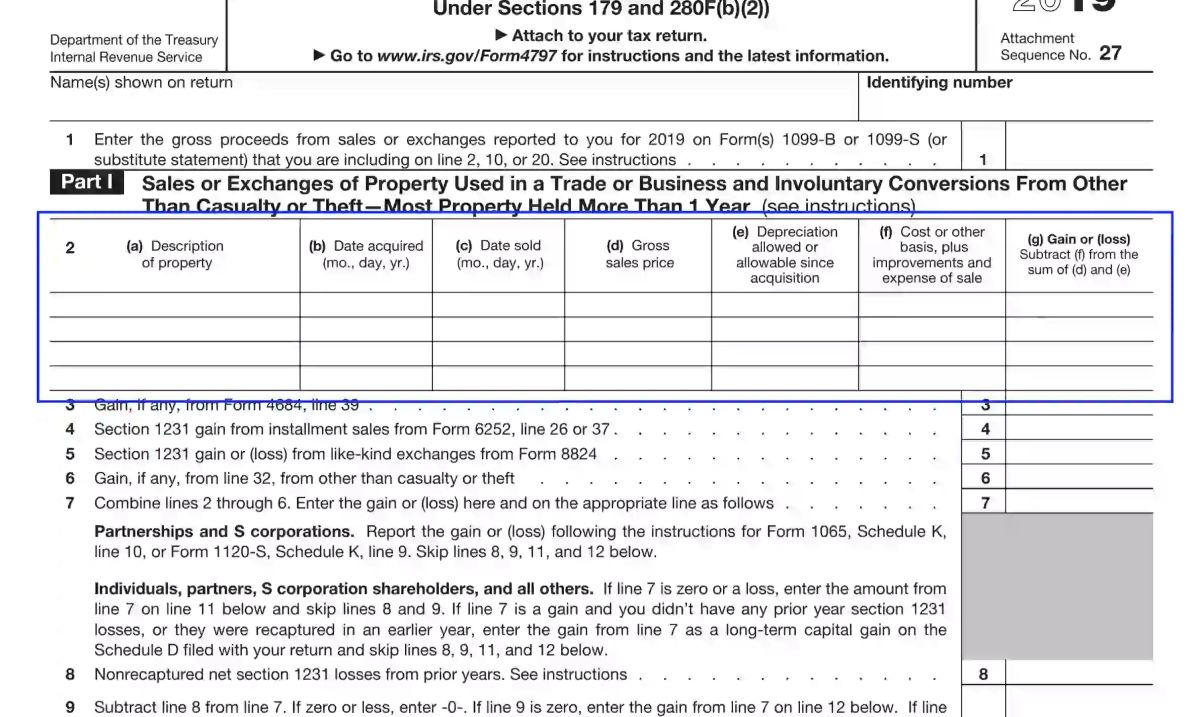

Finance
S&P 500 Buyback Index Definition
Published: January 22, 2024
Learn the definition of the S&P 500 Buyback Index in the field of finance, and gain insights into its significance for investors.
(Many of the links in this article redirect to a specific reviewed product. Your purchase of these products through affiliate links helps to generate commission for LiveWell, at no extra cost. Learn more)
S&P 500 Buyback Index Definition: An Overview
Welcome to our Finance category! In this blog post, we will explore the S&P 500 Buyback Index Definition and its significance in the world of finance. Whether you’re a seasoned investor or just getting started, understanding this index can be beneficial for your financial endeavors. So, let’s dive in!
The S&P 500 Buyback Index is a reflection of the performance of companies within the S&P 500 Index that actively repurchase their own shares. In simple terms, it tracks the performance of companies that engage in share buybacks, which involves a company buying back its own outstanding shares from the marketplace. This index provides investors with a unique perspective on the impact of share buybacks on a company’s financial standing and overall market performance.
Key Takeaways:
- The S&P 500 Buyback Index tracks the performance of companies within the S&P 500 Index that actively engage in share buybacks.
- Share buybacks involve a company repurchasing its own shares from the marketplace.
Now, you might be wondering why share buybacks are an essential aspect of the S&P 500 Buyback Index and what benefits they offer to companies and investors. Let’s explore further!
Share buybacks are a strategic financial move that companies undertake to reinvest in themselves by repurchasing their own shares. Here are a few key reasons behind share buybacks:
- Enhancement of Shareholder Value: Share buybacks can increase earnings per share (EPS) by reducing the number of outstanding shares. This can lead to an increase in stock prices, potentially benefitting shareholders.
- Optimization of Capital Structure: By reducing the number of outstanding shares, companies can optimize their capital structure by having a higher concentration of ownership in the hands of existing shareholders.
- Returning Excess Capital: Share buybacks provide an avenue for companies to return excess capital to shareholders rather than hoarding cash or pursuing less efficient investment opportunities.
It’s important to note that share buybacks may not always be the right course of action for every company, and they can face criticism for potentially diverting resources away from other strategic initiatives like research and development or debt reduction. However, they remain a popular tool used by companies to manage their financial standing and reward shareholders.
In conclusion, the S&P 500 Buyback Index Definition encompasses the performance of companies within the S&P 500 Index that actively engage in share buybacks. This index provides valuable insights for investors and allows them to gauge the influence of share buybacks on a company’s financial outlook and market performance. By understanding the dynamics of share buybacks and their potential benefits, investors can make more informed decisions.
To learn more about other finance-related topics, be sure to explore our Finance category. Happy investing!














